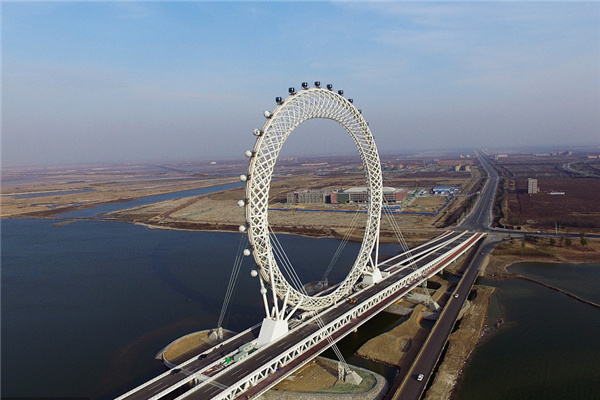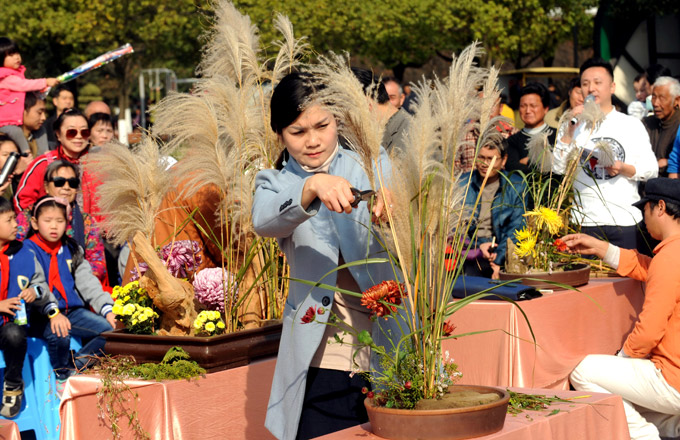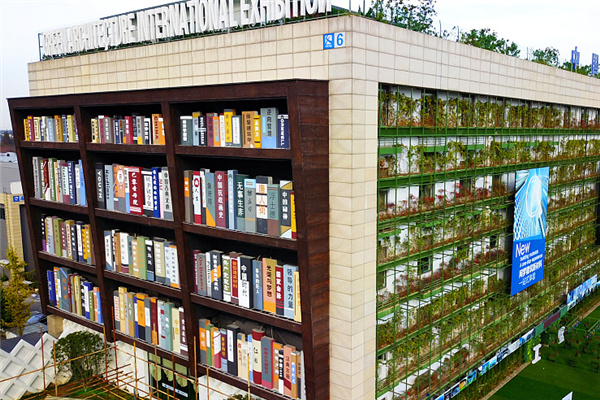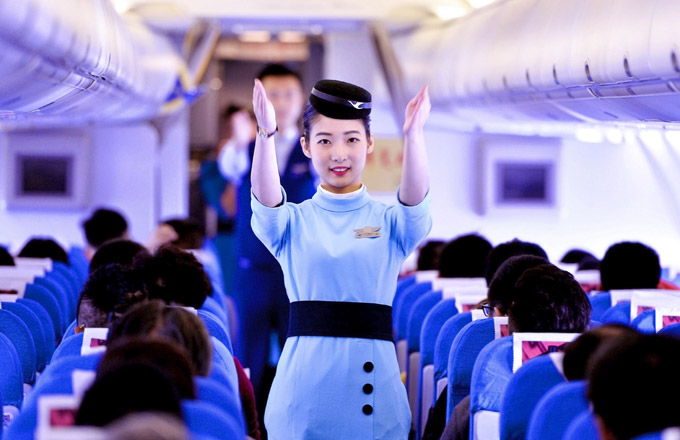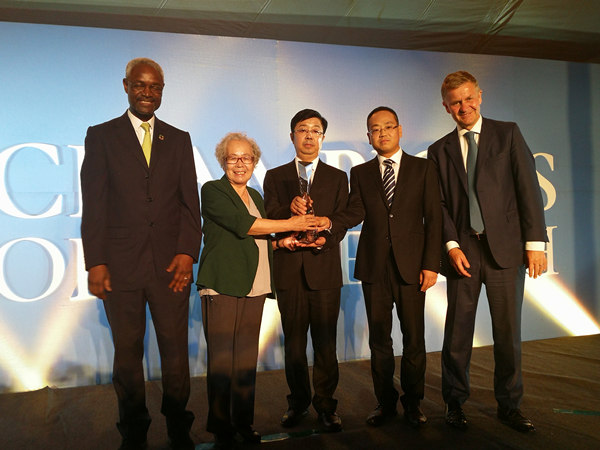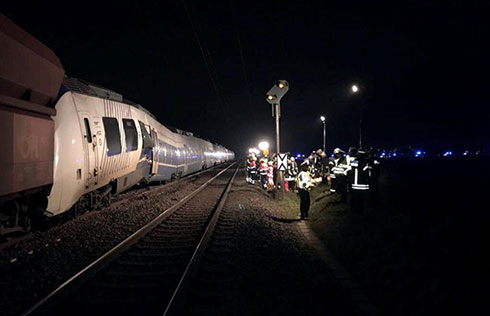

Airbus swept the Chinese media last year for two historic events: a one-week tour of China by the world's largest airliner A380 and a groundbreaking ceremony in Tianjin municipality for Airbus' first aircraft final assembly line outside of Europe.
To Airbus China President Laurence Barron, commercial success and industrial collaboration are equally important.

The European aircraft manufacturer picked up speed in developing its industrial partnership with China in 2004 when Barron began leading its business here.
"Airbus set its goal of achieving 50 percent of the Chinese market," Barron recalls. "But we realized that was not very likely to occur unless we substantially increase our industrial footprint in China," Barron recalls.
"It was a collective decision that we had to make big effort in not only the commercial area, but also in the industrial arena. We needed to substantially increase procurement from China and develop new ways we cooperate with the Chinese industry," Barron adds.
Before 2004 Airbus purchased less than $20 million of its aircraft components per annum from Chinese factories. But by the end of 2007, its subcontracting volume to China exceeded $70 million per annum.
"Our target was to reach $120 million per annum by 2010. We expect to exceed that target by reaching about $200 million per annum by then and $450 million per year in 2015," Barron says.
Industrial cooperation between Airbus and China dates back to 1985. Aerospatiale, currently Airbus France, signed the first product subcontracting agreement with Xi'an Aircraft Company to manufacture and assemble access doors for Airbus A300/A310 wide-body aircraft. Currently, six Chinese manufacturers are manufacturing parts, such as wing components, emergency-exit doors and maintenance tools for Airbus aircraft.
The country has been supplying components to both global leading trunk line aircraft producers such as Boeing and Airbus, and regional aircraft makers such as Embraer and a number of helicopter producers.
Over 3,500 Boeing aircraft, or about one-third of Boeing's total fleet in service, are equipped with components produced in China. Half of Airbus worldwide fleet, some 5,000 aircraft, has components made in China.
The country is even planning to build its own large commercial aircraft by 2020.
"All this experience means that the Chinese aviation industry is a world player," says Barron. "So it is perfectly normal when we are launching a new program we should include a significant share from China."
He is referring to a plan for China to design 5 percent of the airframe of the A350XWB, Airbus' latest long-haul model which is due to enter service in 2013. The Airbus (Beijing) Engineering Center will start the bulk of design work for the A350XWB program by the middle of this year, Barron says.
The center is 70 percent owned by Airbus, 5 percent held by China Aviation Industry Corp I (AVIC I) and 25 by AVIC II. It employs 125 engineers and that figure will increase to 200 by the end of this year.
Airbus also plans to set up a joint venture with Hafei Aviation Industry Co Ltd, a subsidiary of AVIC II, in Harbin, Northeast China's Heilongjiang province, to produce composite material parts and components for the A350XWB. The project is expected to begin in the first quarter of 2009.
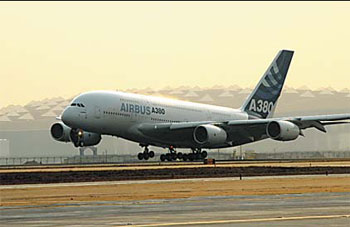
The A320 final assembly line in Tianjin has been in the spotlight since 2005 when Airbus announced its intention to assemble aircraft in China.
"The final assembly line is one part of a much bigger industrial cooperation program between Airbus and China. But it is the sexiest part of the cooperation. People want to see a plane delivered in China. It is more exciting than seeing a door manufactured here," Barron says.
The single-aisle A320 family aircraft is the most successful model of Airbus. The company now produces about 34 A320 family jets a month and aims to increase that number to 40 a month next year.
The Tianjin factory will start to assemble the first jet in August and deliver it in June 2009. It will be able to roll out four jets a month by the end of 2011.
Barron says that the Chinese government has expressed "strong desire" for the project from the very beginning. The project is expected to provide industrial and management know-how to the Chinese aircraft manufacturing industry. More importantly, it will help Tianjin attract investment from other aviation- related companies for long-term impact on the future development of Tianjin as an economic center of North China.
(China Daily 03/24/2008 page6)


